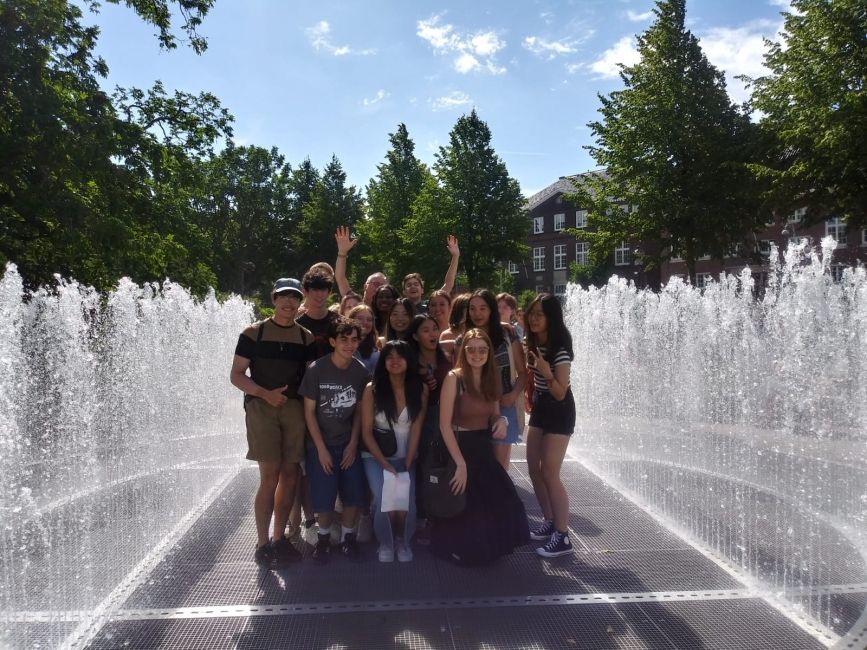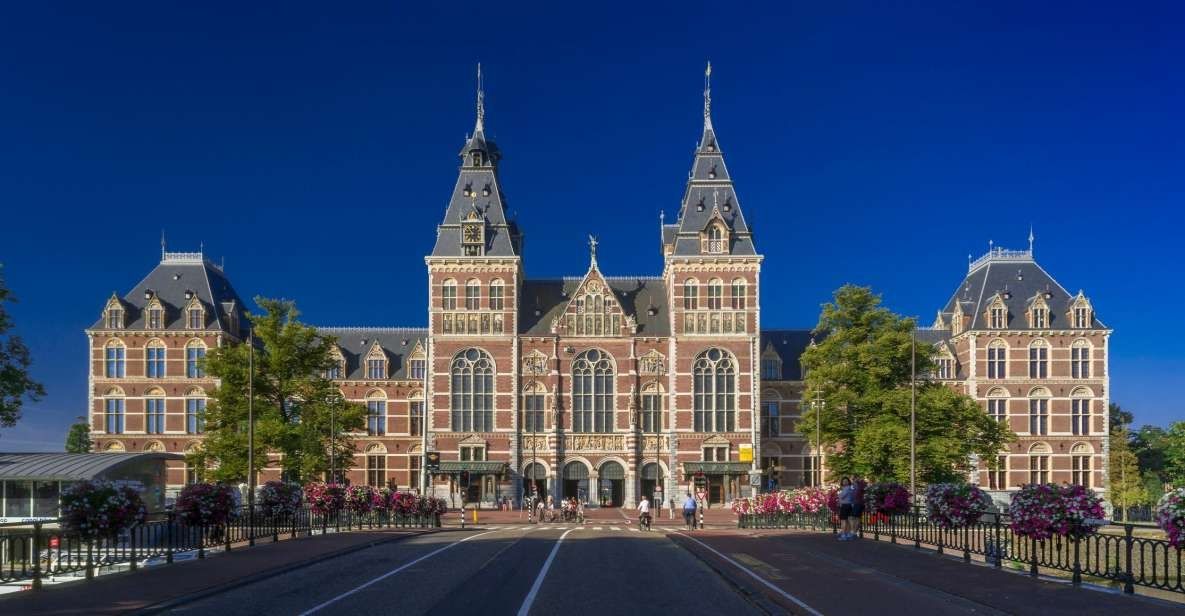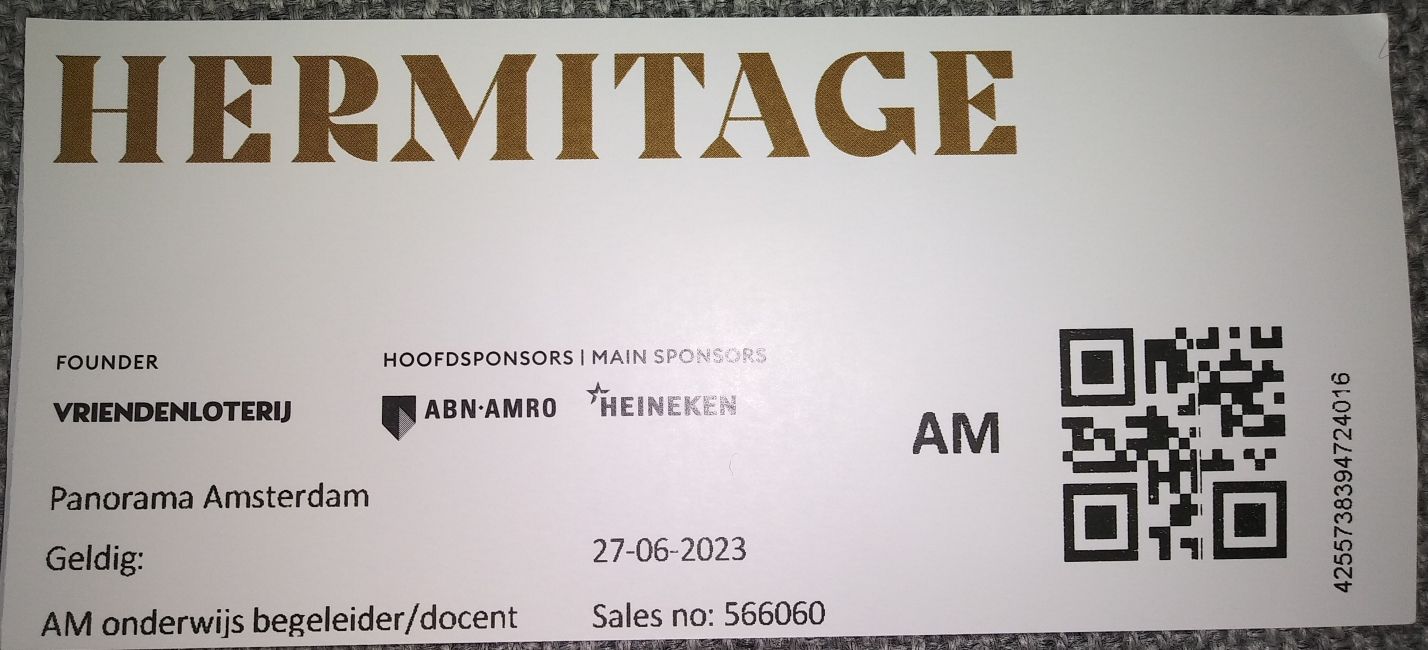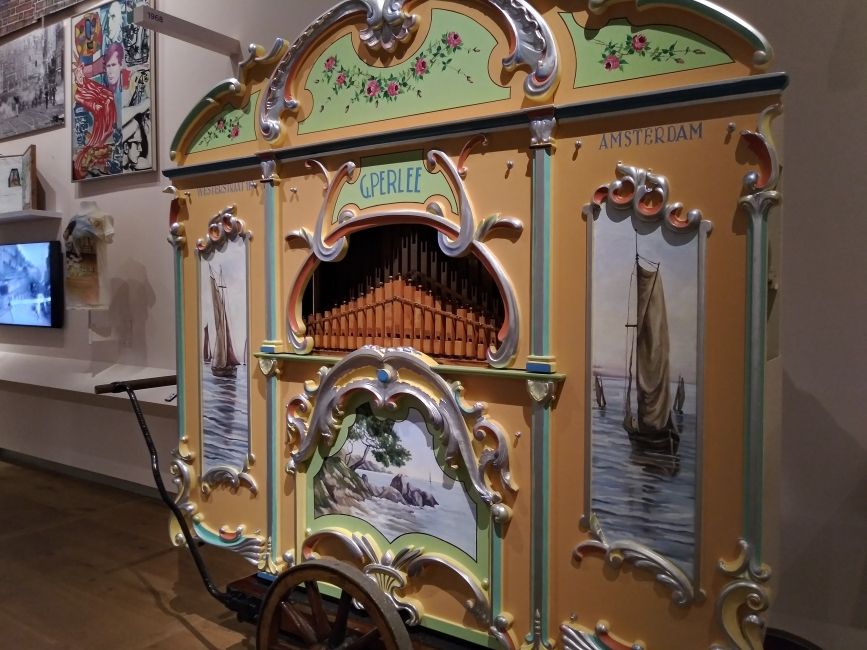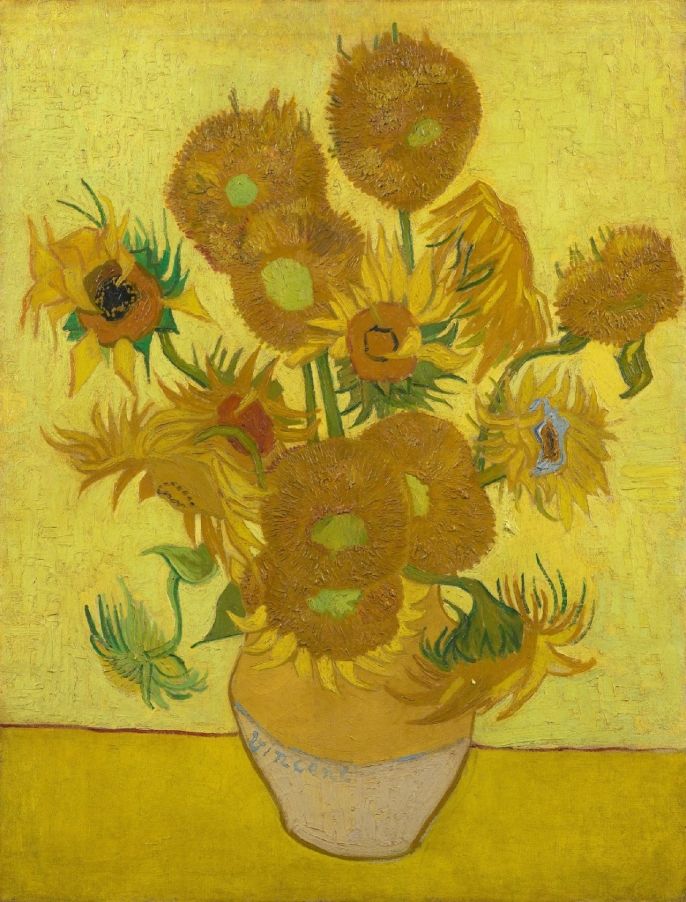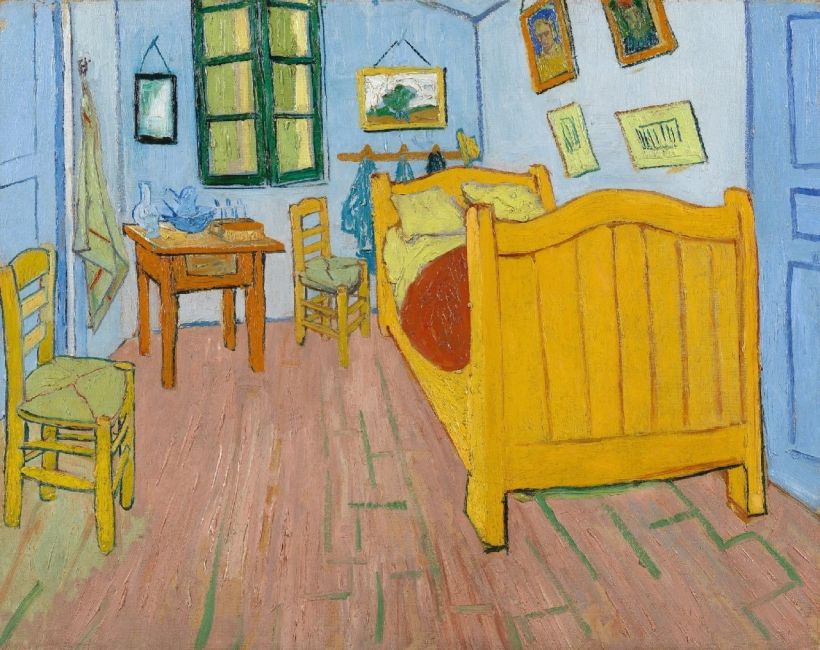Museums Galore!
One of the many components of the Inside World Governance Program is experiencing various cultural activities that Amsterdam and the surrounding areas have to offer. Over the last two weeks, some of the most interesting cultural activities students have experienced have been exploring the various museums the City of Amsterdam has to offer.
The first museum that students explored was the Rijksmuseum. As a national institution, the Rijksmuseum offers a representative overview of Dutch art and history from the Middle Ages and important aspects of European and Asian art. It preserves, manages, conserves, restores, researches, edits, collects, publishes and presents objects of art and history, in and outside its own building. While at the Rijksmuseum, students received a special private tour from our native friend and amazing personal tour guide, Jan. After viewing and discussing the vast collection of the world-famous masterworks by Rembrandt and countless more Dutch artists, Jan escorted students through the gardens on the lawn of the museum. Not only are the works inside the Rijksmuseum pieces of skilled artisanship, but so are the views outside too! No matter where students looked – whether in the interior or around the exterior – the views were breathtaking!
The second museum that students explored was the Amsterdam Museum, also known as the Hermitage. As an innovative city museum, the Amsterdam Museum invites residents and visitors of Amsterdam to become co-owners of the city – a metropolis in miniature. The museum presents exhibitions on a broad spectrum of urban topics. It also manages, researches and makes available the more than 100,000 objects in their art and heritage collection. Once again, students received a person tour with Jan as they through centuries of Amsterdam’s history. On this venture, students analyzed and discussed artwork that depicted the first time Amsterdam appeared in an official document, the influence of wealthy and prominent families in Amsterdam culture, Amsterdam’s prolific and international trade and shipping, the experiences of Amsterdam’s Jewish population during World War II, and Amsterdam’s counterculture movement. One important artifact that students learned about was G. Perlee’s street organ. According to Jan, this street organ was used by individuals in Dam Square to shelter themselves from bullets during the liberation of Amsterdam in 1945.
The third museum that students explored was the Van Gogh Museum. The Van Gogh Museum houses the largest collection of artworks by Vincent Van Gogh in the world. The permanent collection includes over 200 paintings by Van Gogh, 500 drawings, and more than 750 letters. The museum also presents exhibitions on various subjects from 19th century art history. Unlike their previous museum tours, students received an audio tour on the creation and backstory of various works created by Van Gogh. Some of these works included Almond Blossoms, Sunflowers, The Potato Eaters, and Bedroom in Arles. Now you may be thinking……”No Jan?” But don’t worry….even though it was an audio tour, Jan still joined us on our excursion.
After visiting and exploring these various museums, students can now confront the challenges of addressing the questions “What is the role of a museum in society?” and “How does a museum connect people, art, and history?”. It might be a hefty challenge, but these students are up to the challenge!
Related Posts
Our Brussels Adventure Continues …
Tracy Morrison's Post: Day two led us to our first stop of the day, Experience Europe. This exhibition teaches students about the European Commission’s core work, priorities, policies and European... keep reading
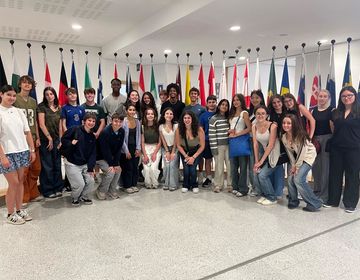
We're Off to Brussels!
Tracy Morrison's Blog Post: For our last weekend adventure in Europe we headed to Belgium. After a four hour bus ride we arrived at the bustling city center of Brussels... keep reading
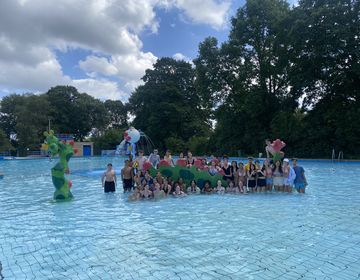
All Work and No Play? No Way!
While our students are very engaged with their classes and school work, they also love to explore and just have fun in this beautiful city! With our first week now... keep reading
